What’s in our gear pack? This gear product list includes the core essentials we bring on all our wildlife watching and photography trips!
This post contains affiliate links for which Expedition Wildlife may receive a commission (where applicable) at no additional cost to you.
As with any product list, some of these items may not be your cup of tea, and that’s fine! Sometimes gear fits people differently or people have certain preferences.
For this reason, we’ve also listed out alternative items that friends or colleagues specifically recommend.
P.S., if you want to see what gear we use for videography specifically, check out our post on how to make a wildlife film.
Backpack
You’re going to need somewhere to put all your gear. Below, we’ve included our favorite camera backpack and favorite trekking/travel backpack.
What we use:
Atlas Camera and Travel Bag
Nathan researched camera bags for months looking for the perfect pack, and low and behold he found the right one for us.
The Atlas pack‘s notable features are its many exterior pockets and interior organization, customizable interior, removable hip straps for hiking, and its ability to squish down to carry-on size.
It even made National Geographic and Outside Magazine’s list of top camera travel bags!
Deuter Trekking Pack 30 L
Deuter is my go-to for any kind of trekking or travel bag, and the 30L is perfect for day trips as well as trips up to a week. And get this – it ALSO just fits as a carry-on size!
You can still go with a trekking pack if you have camera gear! Just make sure to have a lens carrier or other padded case to store them away when you’re done. These should come with your lens, but if you need one check out these.
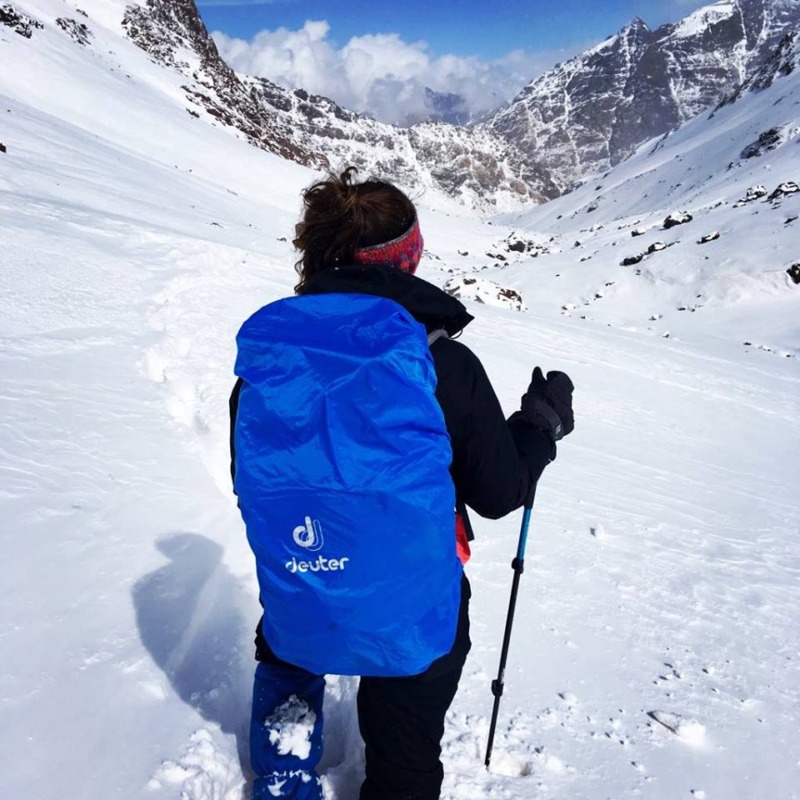
I’m not kidding when I say my Deuter packs have taken me a lot of places! Trekking the mountains of Morocco. Photo by Miki Calderon
What others recommend:
Osprey Day Lite
The Osprey brand is well-known for being one of the top in its market. Their quality and pack features make them a fan favorite. The only reason I didn’t go with an Osprey pack is that my torso is shorter and Deuter packs fit my body ratio better.
My girlfriend, Miki, used this pack on our trek into the Atlas Mountains of Morocco, and she swears by it.
Tip: Go to a store like REI where you can try on packs for free (with weights in the pack) and see which pack works for you before purchasing.
Binoculars
If you’re planning to watch birds or other wildlife, binoculars are really a must-have, in our opinion. The range on binoculars is EXTENSIVE, ranging anywhere from $50-$5,000.
While you can get a cheaper pair of binoculars, consider how much you’ll be using them. Better glass is more expensive, but you’ll have less eye strain over time, and typically have a lighter-weight product.
Head over to Birding Tools to get more information about how to select your ideal pair of binoculars.
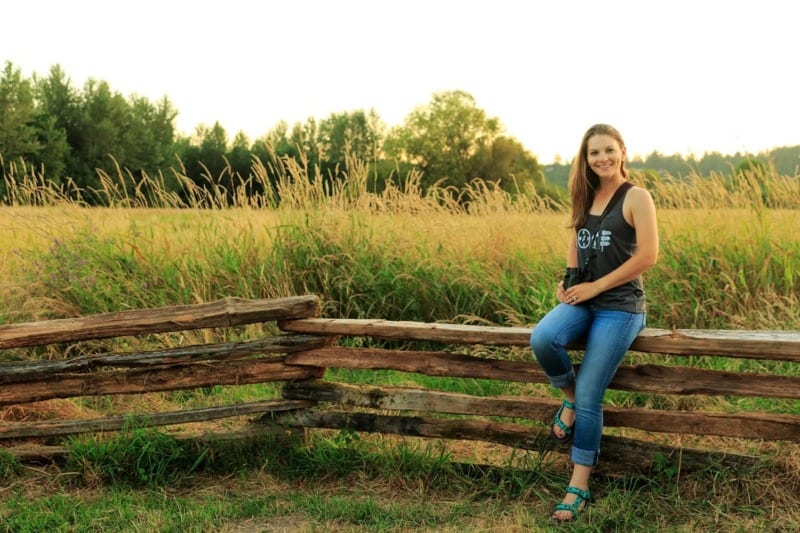
Me with my Nikon Monarchs, birdwatching at Nisqually National Wildlife Refuge. Photo by Nathan Rolls
What we use:
Nikon Monarchs
The Nikon Monarchs are the first binoculars I purchased when I first started my birding endeavors, and I haven’t looked back.
The price point on these is fantastic for the quality – in the 8.5 years I’ve used them, they’ve never hindered me from identifying a bird or animal.
What others recommend:
Vortex
One of the top items in this list, birders swear by the Vortex brand, especially since different versions have a lower price tag for those just starting out.
We recommend heading to a camera store or other shop that sells binoculars to try these out in person to see what suits you best.
Camera
Of course, there are LOADS of cameras to choose from, depending on your goals and interests.
What we use:
Canon 5D Mark IV
Yes, this is a high-quality, high-end camera, and no, it’s not cheap. However, you’ll have the camera for a long time and you’ll be getting great quality images from this DSLR.
Plus, if you make the move to filming, the Canon 5D Mark IV has you covered with 4G film capability.
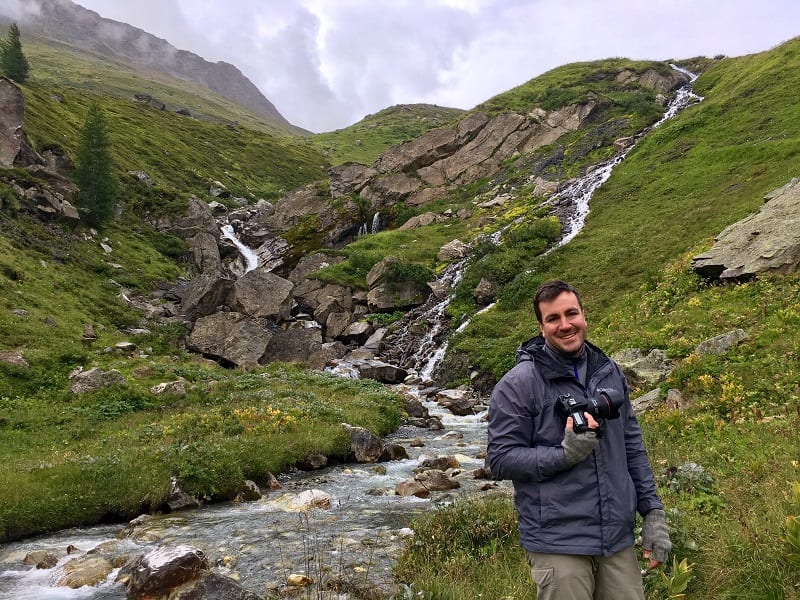
Fairly lightweight, but heavy on the capabilities, the Canon 5D Mark IV is a must-have for wildlife photographers. Photo by Christa Rolls
What others recommend:
Canon Rebel
For those just getting into photography, this is a great starter camera, especially to learn how to switch to manual mode.
The base model comes with an 18-55 mm lens, which will be great for landscape photos, portraits, and generally getting comfortable with using the camera.
Additionally, there’s an option to add a two-lens bundle to get a 75-300 mm telephoto lens as well. This is the lens you’ll use for smaller animals or those a further away.
Canon Powershot
This is a solid point-and-shoot, travel camera option. If you aren’t really interested in learning to get off manual mode and don’t want telephoto capability, this is a great option.
The Powershot was my first digital zoom camera! And they take wonderful pics, are lightweight, and are very compact.
What else should you bring along?
The following items are ones that also make their way into our gear back and supplement the product list above.
Non branded straps for camera and/or binoculars
This point really isn’t a product comparison, rather a suggestion for your gear!
The main reason we recommend this when traveling is to not flaunt potentially expensive or name-brand gear you’re carrying around.
We haven’t run into many other people who actually do this, but it’s something we like to recommend to others.
Check out these fun and sturdy straps to add to your toolkit.
Consider also taking some black electric tape to cover up the model on your camera or lenses.
Travel Tripod
If you’re carrying a camera with you, you don’t necessarily NEED a tripod. This really depends on the kind of shots you’re looking to take.
However, if you’re planning to do any long exposure shots, need a little more stabilization on your camera, or if you’re bringing a scope on your adventures, we highly recommend investing in a good tripod.
If you’re looking for a top-of-the-line, high-quality tripod that will hold a heavy scope or lens in gusts of wind, the Gitzo Tripod is a must.
However, we recognize that it’s pricey (and heavy!), so take a look at this Manfroto Tripod, too. This is a good travel option, but DON’T put a long and heavy lens on an unsturdy tripod. Ever.
Rain cover
LensCoat has got gear and camera protection down to a tee. Check out their host of rain and protective gear to keep your equipment safe in the elements!
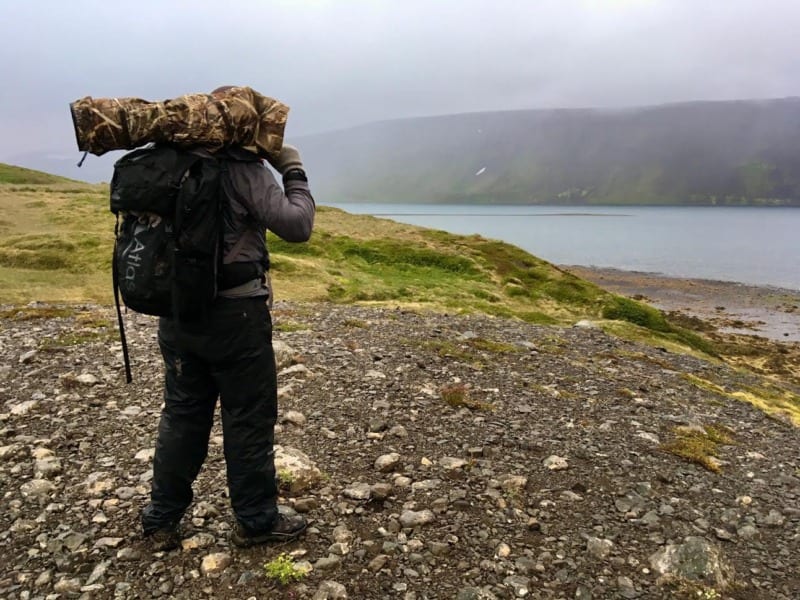
Our LensCoat camera cover protected from the cold, windy, rainy elements of wild Iceland. Photo by Christa Rolls
Loads of memory cards, batteries, and external hard drives
Of course, footage takes up a lot of memory card space. We keep four extra camera batteries and two charging systems available during our filming trips.
Consider whether you want to bring along a method of backing up your external hard drives on your trip.
We always bring along our Windows tablet to back everything up on external hard drives.
Gear maintenance and cleaning kit
Have a method for maintaining and cleaning your gear on the road. Particularly if you are visiting a location with sand or loose soil, this is an essential item.
Cleaning your gear regularly (both lens and camera body) will mitigate wear on your gear as well as reduce the possibility of particles showing up on your footage!
Insurance
Yep, insurance.
Any time you plan to travel, especially out of the country and especially with anything on this product list of value, get insurance!
No, this isn’t something you’ll physically have in your pack (other than you insurance paperwork), but it’s something you should ALWAYS have in your toolkit.
Travel Insured International is recommended by our health insurance company, USAA, so we get a good deal going through them.
Affordable, comprehensive, and convenient, World Nomads is one of the leading travel insurance companies in the world. They also allow you to purchase your trip insurance once your trip has already started, something not many companies offer.
Conclusions
Our top three things on our product list that we always bring out when birdwatching or photographing are a good camera bag, a solid set of binoculars, and a trusty camera.
Of course, there are always more things to bring, but see what suits your adventures best.
What’s on your top product list? Have you tried out any of these items? Let us know in the comments!!
Happy birding and photographing,
Christa and Nathan
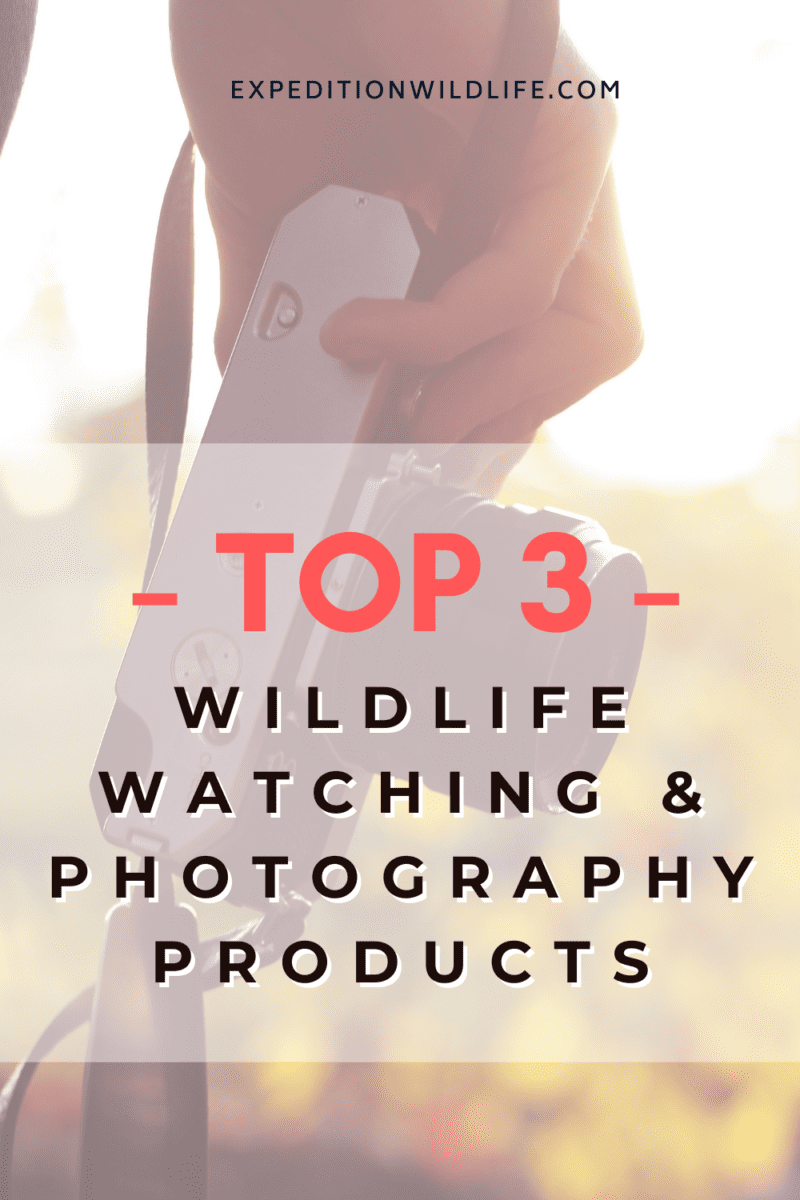

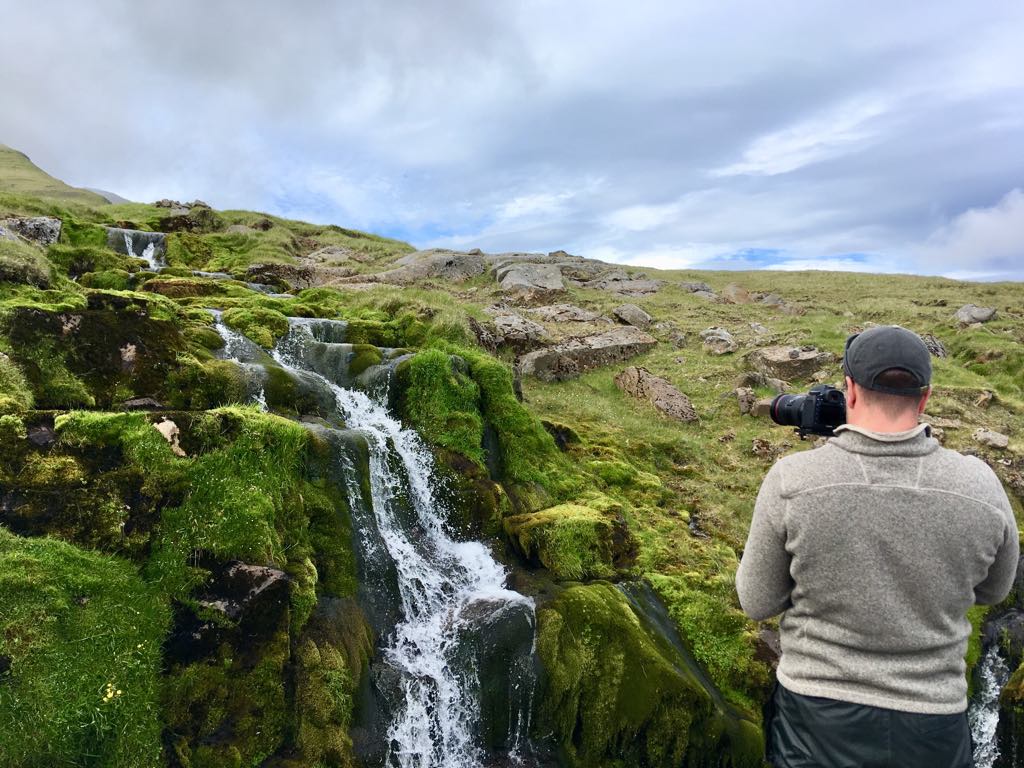
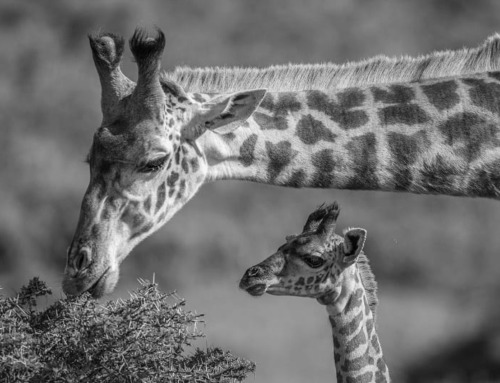
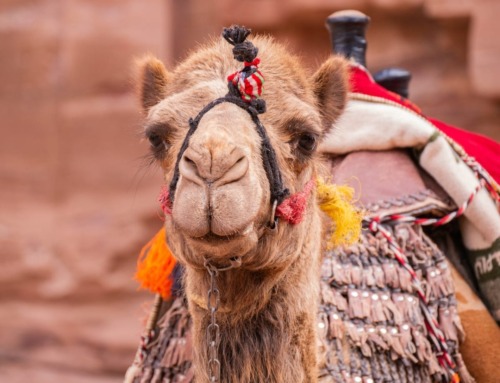
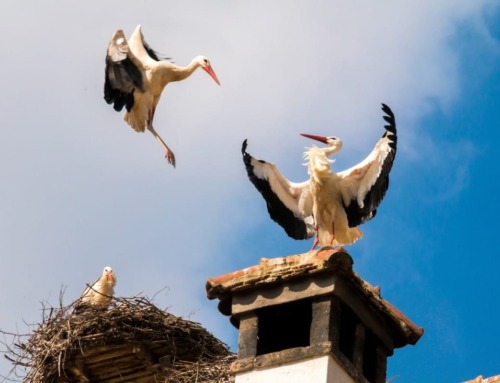

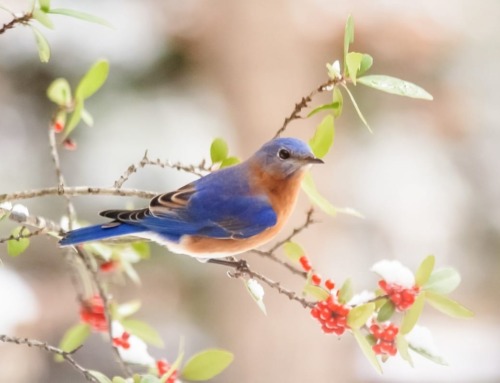
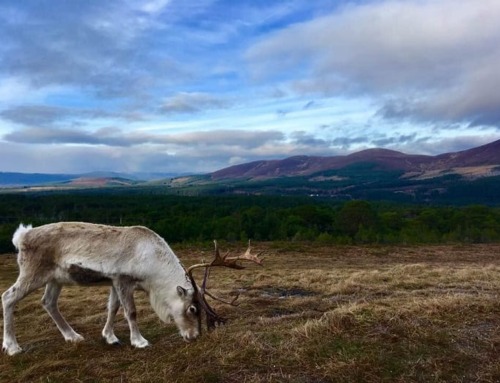
Leave A Comment